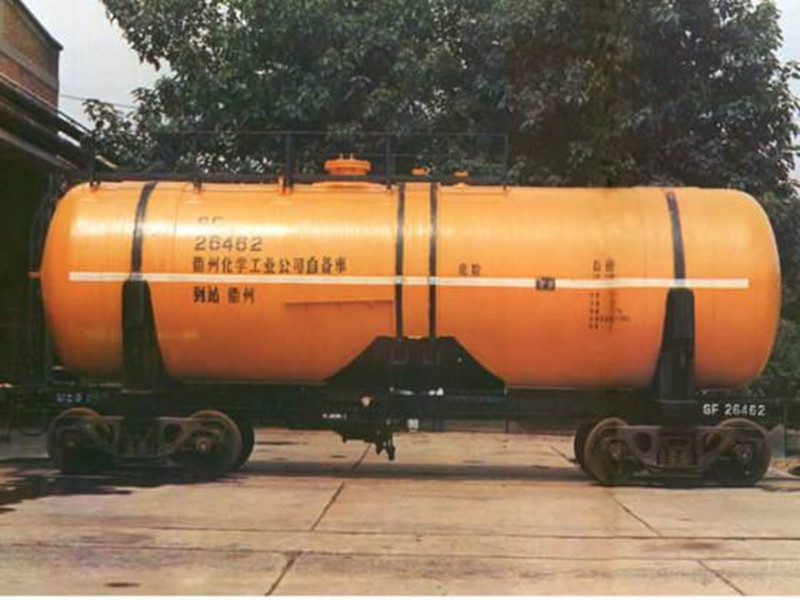
-
 Afrikaans
Afrikaans -
 Albanian
Albanian -
 Amharic
Amharic -
 Arabic
Arabic -
 Armenian
Armenian -
 Azerbaijani
Azerbaijani -
 Basque
Basque -
 Belarusian
Belarusian -
 Bengali
Bengali -
 Bosnian
Bosnian -
 Bulgarian
Bulgarian -
 Catalan
Catalan -
 Cebuano
Cebuano -
 China
China -
 China (Taiwan)
China (Taiwan) -
 Corsican
Corsican -
 Croatian
Croatian -
 Czech
Czech -
 Danish
Danish -
 Dutch
Dutch -
 English
English -
 Esperanto
Esperanto -
 Estonian
Estonian -
 Finnish
Finnish -
 French
French -
 Frisian
Frisian -
 Galician
Galician -
 Georgian
Georgian -
 German
German -
 Greek
Greek -
 Gujarati
Gujarati -
 Haitian Creole
Haitian Creole -
 hausa
hausa -
 hawaiian
hawaiian -
 Hebrew
Hebrew -
 Hindi
Hindi -
 Miao
Miao -
 Hungarian
Hungarian -
 Icelandic
Icelandic -
 igbo
igbo -
 Indonesian
Indonesian -
 irish
irish -
 Italian
Italian -
 Japanese
Japanese -
 Javanese
Javanese -
 Kannada
Kannada -
 kazakh
kazakh -
 Khmer
Khmer -
 Rwandese
Rwandese -
 Korean
Korean -
 Kurdish
Kurdish -
 Kyrgyz
Kyrgyz -
 Lao
Lao -
 Latin
Latin -
 Latvian
Latvian -
 Lithuanian
Lithuanian -
 Luxembourgish
Luxembourgish -
 Macedonian
Macedonian -
 Malgashi
Malgashi -
 Malay
Malay -
 Malayalam
Malayalam -
 Maltese
Maltese -
 Maori
Maori -
 Marathi
Marathi -
 Mongolian
Mongolian -
 Myanmar
Myanmar -
 Nepali
Nepali -
 Norwegian
Norwegian -
 Norwegian
Norwegian -
 Occitan
Occitan -
 Pashto
Pashto -
 Persian
Persian -
 Polish
Polish -
 Portuguese
Portuguese -
 Punjabi
Punjabi -
 Romanian
Romanian -
 Russian
Russian -
 Samoan
Samoan -
 Scottish Gaelic
Scottish Gaelic -
 Serbian
Serbian -
 Sesotho
Sesotho -
 Shona
Shona -
 Sindhi
Sindhi -
 Sinhala
Sinhala -
 Slovak
Slovak -
 Slovenian
Slovenian -
 Somali
Somali -
 Spanish
Spanish -
 Sundanese
Sundanese -
 Swahili
Swahili -
 Swedish
Swedish -
 Tagalog
Tagalog -
 Tajik
Tajik -
 Tamil
Tamil -
 Tatar
Tatar -
 Telugu
Telugu -
 Thai
Thai -
 Turkish
Turkish -
 Turkmen
Turkmen -
 Ukrainian
Ukrainian -
 Urdu
Urdu -
 Uighur
Uighur -
 Uzbek
Uzbek -
 Vietnamese
Vietnamese -
 Welsh
Welsh -
 Bantu
Bantu -
 Yiddish
Yiddish -
 Yoruba
Yoruba -
 Zulu
Zulu
cpvc and frp pipes combine durability and resistance.
Combining Durability and Resistance The Advantages of CPVC and FRP Pipes
In the ever-evolving world of construction and engineering, the materials we choose play a crucial role in determining the longevity and efficiency of our systems
. Two materials that have gained significant attention for their remarkable properties are Chlorinated Polyvinyl Chloride (CPVC) and Fiberglass Reinforced Plastic (FRP) pipes. Both possess unique characteristics that make them ideal for various applications, particularly when it comes to durability and resistance.CPVC pipes are known for their excellent resistance to temperature fluctuations and corrosion. They can withstand higher temperatures compared to standard PVC pipes, making them suitable for hot water applications. CPVC is also highly resistant to chemical damage, which is a common issue in industrial settings. This capability stems from its inherent structural integrity and the additional chlorination process it undergoes, which enhances its resistance to harsh chemicals and reduces the risk of leaks and failures.
On the other hand, FRP pipes are celebrated for their lightweight yet robust design. Made from a composite of fiberglass and resin, FRP pipes can resist corrosion, making them suitable for transporting aggressive chemicals and fluids. Their ability to endure high pressures without deformation further adds to their appeal in various sectors, including oil and gas, water treatment, and chemical processing. Additionally, the lightweight nature of FRP makes for easier handling and installation, leading to reduced labor costs and time on construction sites.
cpvc and frp pipes combine durability and resistance.

When combining CPVC and FRP pipes, the advantages of both materials converge, creating a system that excels in durability and resistance. This combination can be particularly beneficial in environments where both high temperatures and corrosive substances are present. For example, in chemical processing facilities, using CPVC for hot water lines alongside FRP for chemically aggressive transport can optimize the overall system performance. This dual approach reduces maintenance costs and extends the lifespan of the piping systems, ensuring that operations run smoothly without interruption.
Moreover, the integration of CPVC and FRP pipes aligns well with modern sustainability goals. Both materials possess a lower environmental impact compared to traditional metal pipes, which often require more energy-intensive production processes and contribute to higher greenhouse gas emissions. CPVC and FRP pipes can be recycled at the end of their life cycle, further promoting sustainability in construction practices.
As industries continue to prioritize efficiency and environmental responsibility, the choice of materials becomes increasingly critical. The combination of CPVC and FRP pipes offers a compelling solution for those seeking durability and resistance. By leveraging the strengths of both materials, engineers and architects can design systems that not only meet the demands of current applications but also stand the test of time.
In conclusion, the partnership between CPVC and FRP pipes represents a significant advancement in piping technology. Their combined properties allow for enhanced performance in even the most challenging environments. As we look to the future of construction and engineering, the adoption of these materials will undoubtedly play a key role in creating more resilient and sustainable infrastructures, ensuring that we can meet the demands of both today and tomorrow.
Latest news
-
Exploring the Benefits of Top Hammer Drifter Rods for Enhanced Drilling PerformanceNewsJun.10,2025
-
High-Precision Fiberglass Winding Machine for GRP/FRP Pipe Production – Reliable & Efficient SolutionsNewsJun.10,2025
-
FRP Pipes & Fittings for Shipbuilding - Corrosion-Resistant & LightweightNewsJun.09,2025
-
Premium FRP Flooring Solutions Durable & Slip-ResistantNewsJun.09,2025
-
Premium Fiberglass Rectangular Tanks Durable & Lightweight SolutionNewsJun.09,2025
-
Tapered Drill String Design Guide Durable Performance & UsesNewsJun.09,2025









